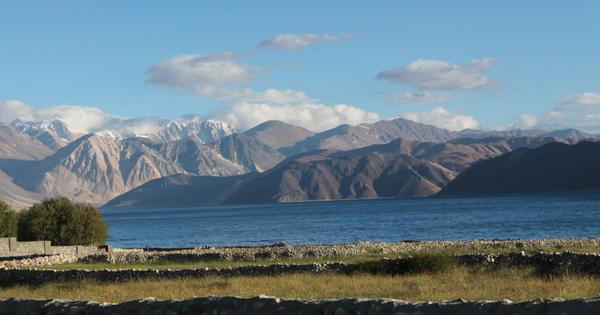A preliminary study of Pangong lake’s bacterial community structure along the contested India-China Line of Actual Control in Ladakh has shed light on the influence of increased human actions on the Indian side of the high-altitude saltwater body.
Researchers at National Center for Microbial Resource-National Center for Cell Science, Pune unpacked details of sticky microbial assemblages, called biofilm, near the Pangong Tso shore adjoining Maan village in Ladakh, India.
A biofilm is a sticky, viscous, slimy, structured assemblage of single or multiple microbial species (mixed species) that can grow on many different surfaces. In a biofilm, bacteria are held within a non-crystalline extracellular matrix of proteins, polysaccharides, and small molecules. Dental plaque, for example, is a biofilm.
“Microbial films are formed in response to increasing nutrient inputs; Pangong Tso is a landlocked lake, and we do not expect the inflow of nutrients to this lake from other…
